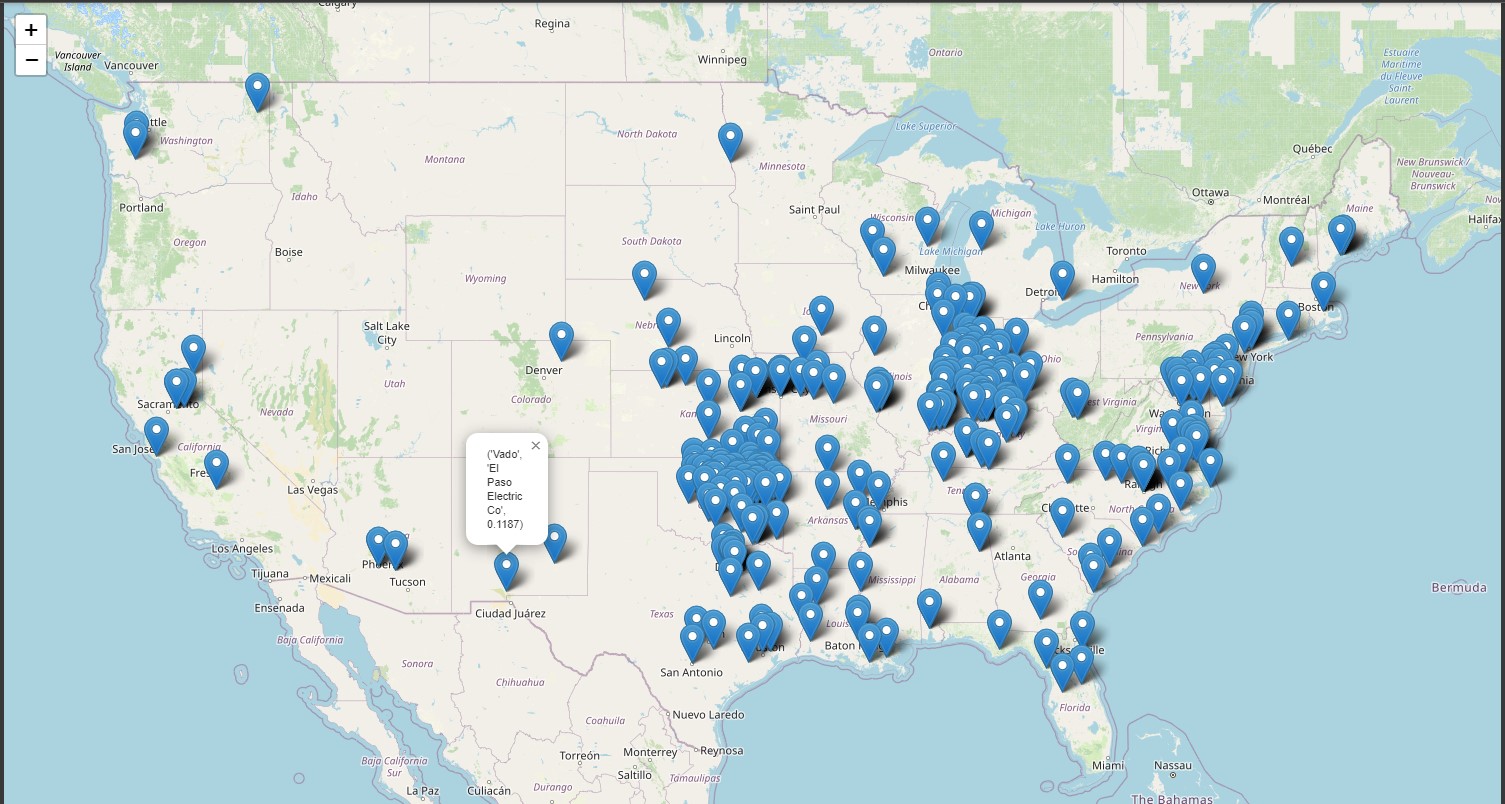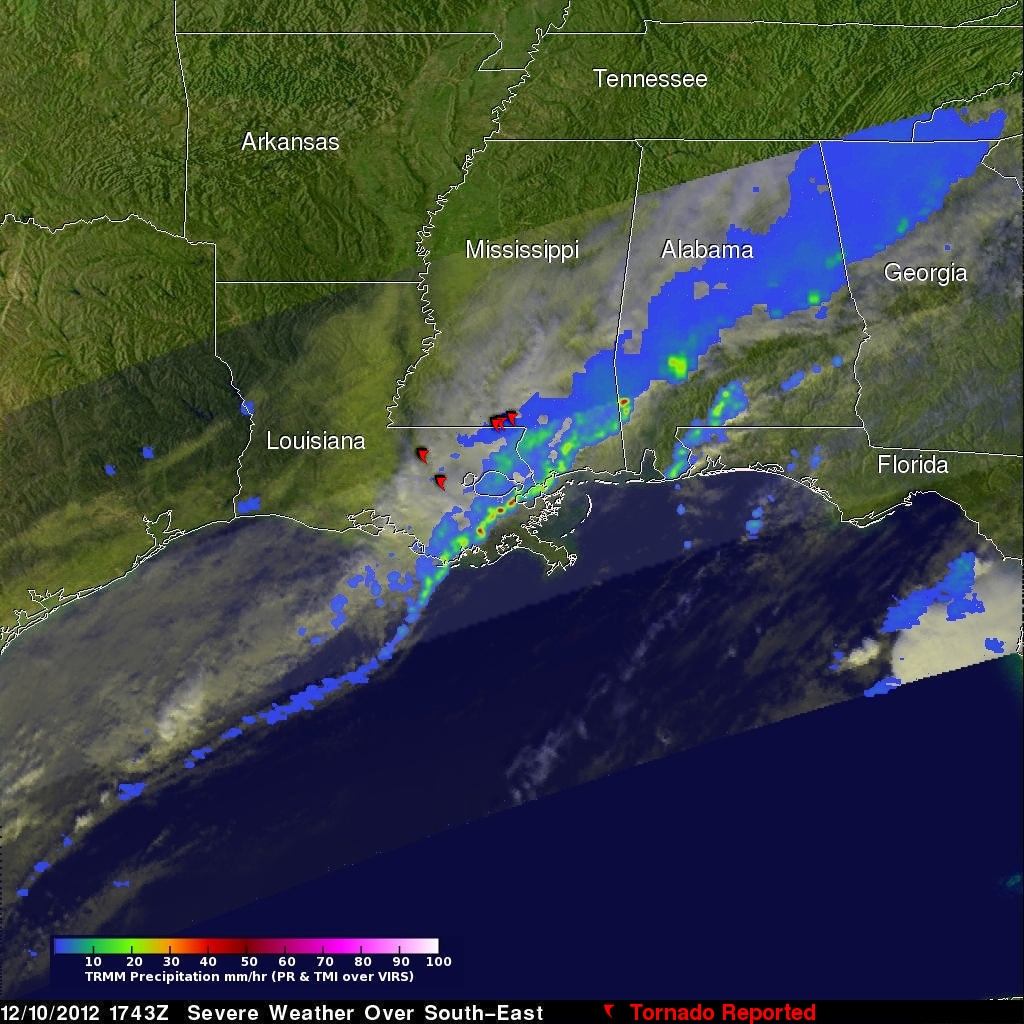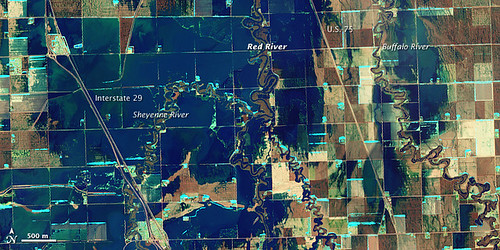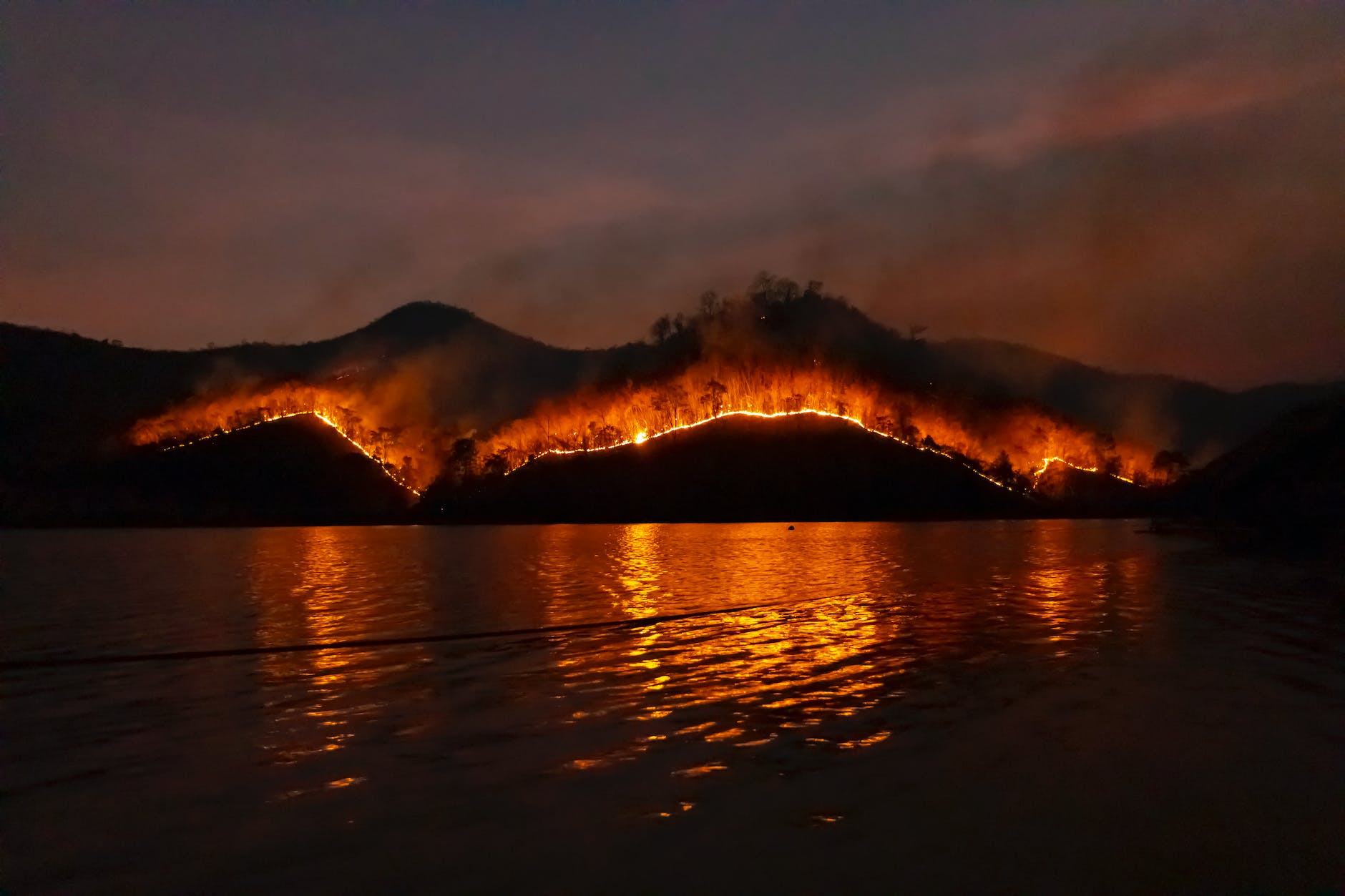Month: May 2023
-

Electric Utility Companies, Rates, and Locations: An Essential Understanding for Environmental Justice
Electric utility companies, their rates, and locations play a crucial role in achieving environmental justice. Understanding utility rates empowers individuals, promotes energy conservation, and guides corporate social responsibility. Policymakers benefit from this knowledge to promote energy equity and advocate for affordable renewable energy. The National Renewable Energy Laboratory’s Utility Rates by Census Region API provides…
-

Droughts in the US: Understanding the Impacts, Challenges, and Solutions
Droughts in the US pose significant challenges to ecosystems, communities, and well-being. Climate change exacerbates drought conditions, leading to water stress, food insecurity, wildfires, and health impacts. Building resilience through diverse water sources, conservation, sustainable agriculture, and integrated management is crucial. Local agriculture can mitigate food insecurity by diversifying crops and promoting soil conservation. Droughts…
-

Unpacking the Justice40 Initiative: An Insight into Its Expenditures to Date
The Justice40 Initiative, under the Biden administration, aims to direct 40% of federal benefits from climate and clean energy investments to disadvantaged communities. The initiative’s diverse expenditures include promoting clean energy technologies, enhancing infrastructure resilience, improving energy efficiency in housing, funding training and workforce development, and investing in research and development. To date, a considerable…
-

Tornados
Tornadoes are a natural disaster that can cause significant physical and psychological damage. These violent rotating columns of air can reach wind speeds of up to 300 miles per hour and cause destruction to even well-built buildings. Tornadoes are often associated with thunderstorms, heavy rainfall, large hail, and flash flooding, making road conditions hazardous and…
-

Community Climate FAQs
How to effectively talk about climate change? Talking about Climate Change can be difficult, especially when there is disagreement among people on how to best respond to Climate Change. When talking about Climate Change, it’s important to focus on facts and data rather than opinion. Presenting Climate Change in terms of tangible effects that are…
-

Extreme Heat
Climate change has led to an increase in extreme heat events around the world, which can have severe consequences for individuals and communities. Heatwaves can cause heat exhaustion, heatstroke, and even death, with vulnerable populations such as children, the elderly, outside workers, and those with pre-existing health conditions at the highest risk. It is crucial…
-

What is GIS?
Geographic Information Systems (GIS) are computer-based systems that capture, store, analyze, and display spatial data. They can be run on local hardware or in the cloud, and enable the analysis of spatial data which refers to any information with a location or geographic component, such as the location of buildings, roads, or natural features. By…
-

Fires
By taking the time to assess wildfire risks and create plans for prevention, protection, education and response a community can better prepare itself for wildfires and increase its resilience in the face of these disasters. With access to the right resources and knowledge, a community can be wild fire-ready and resilient in case of emergency.…
-

Why is Resilience important?
Resilience is the process of bringing a community back to “normal” after an event, but it doesn’t necessarily mean recreating the same system as before. Understanding the hazards and associated risks is crucial for building resilience, and hazards can vary based on natural, built, and social environmental factors. There are four types of hazards: local,…